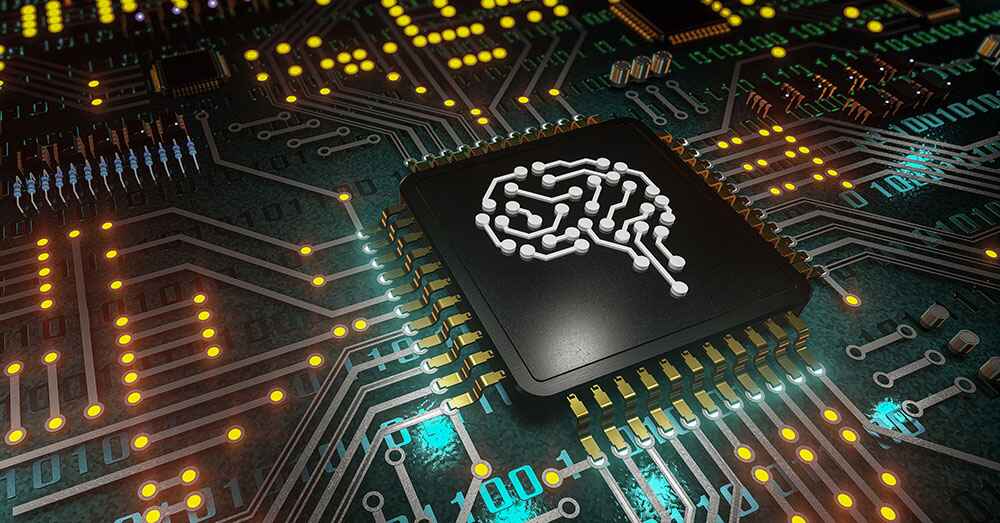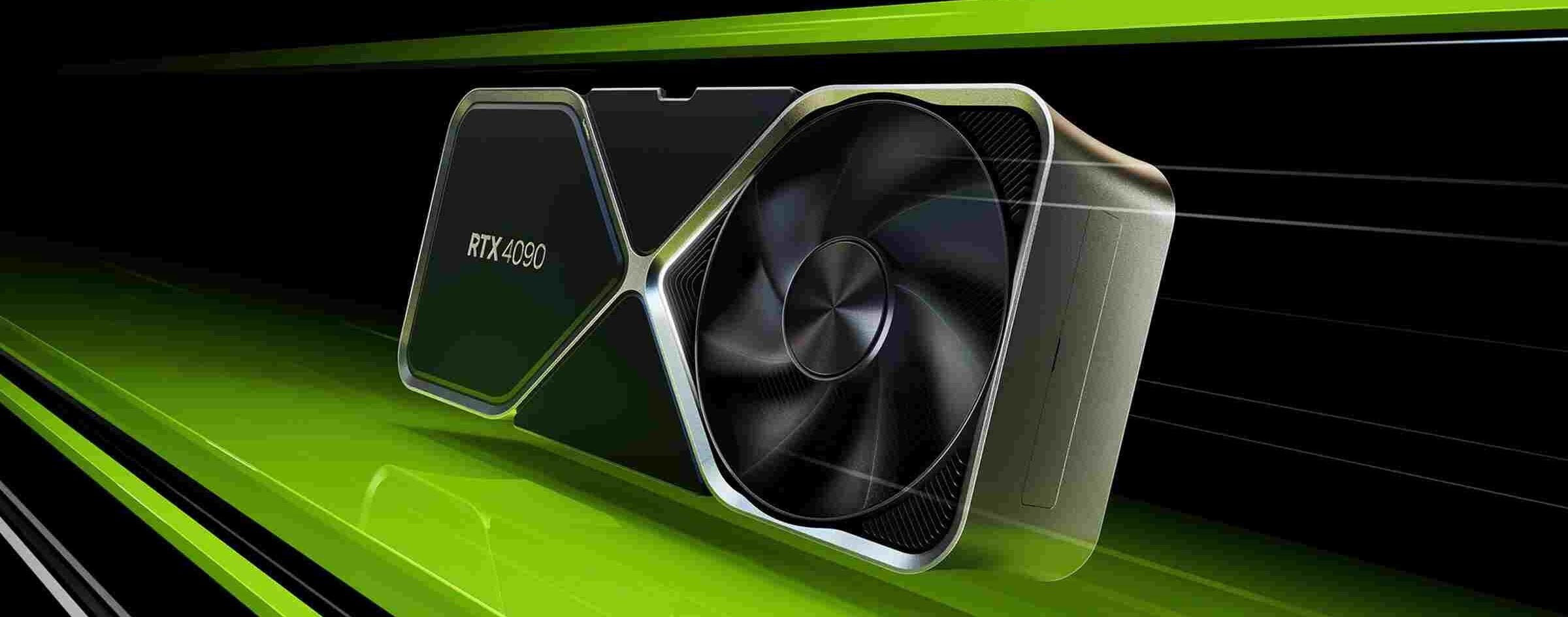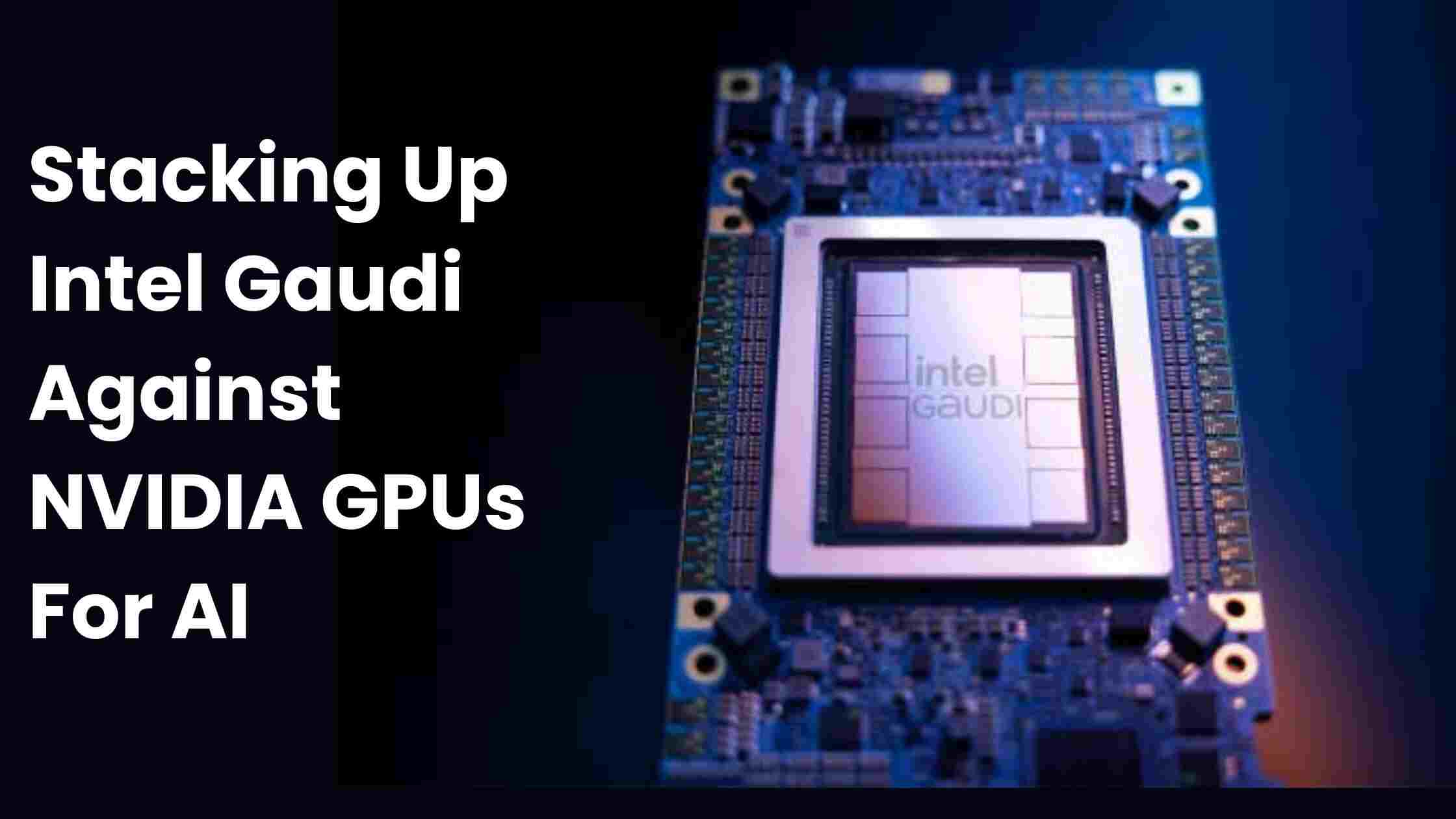Artificial Intelligence (AI) is changing the world around us. From smartphones to self-driving cars, AI is everywhere. As AI grows, we need powerful computers to run it. That’s where AI chips come in.
Two big names in AI chips are Intel Gaudi and NVIDIA GPUs. They’re like the brains behind AI, helping it think faster and smarter.
In this blog post, we’ll look at how these two compare. Whether you’re new to AI or just curious, this guide will help you understand the battle between Intel and NVIDIA in the AI world.
Table of Contents
- What are AI Accelerators?
- Intel Gaudi: The New Kid on the Block
- NVIDIA GPUs: The Established Leader
- Performance Comparison
- Price Comparison
- Pros and Cons
- Future Outlook
- FAQ’s
- Conclusion
What are AI Accelerators?

AI accelerators are special computer chips. They’re designed to do one job really well: run AI programs fast.
Think of them like sports cars for AI. Just like sports cars are built for speed, AI accelerators are built to process AI tasks quickly. They can handle lots of math problems at once, which is exactly what AI needs.
Why are they important? Well, AI programs are very demanding. Regular computer chips struggle to keep up. AI accelerators step in to save the day. They make AI run faster and use less power.
This means we can have smarter AI in our phones, cars, and other devices without draining the battery too quickly.
Intel Gaudi: The New Kid on the Block

Intel Gaudi is relatively new in the AI world. It came from a company called Habana Labs, which Intel bought in 2019.
Gaudi 2 and Gaudi 3 are the latest versions of this AI chip. Here’s what makes them special:
- They’re designed specifically for AI tasks
- They use less power than many other AI chips
- They’re good at both training AI (teaching it new things) and inference (using what it learned)
- They have built-in networking, which helps when you need to use many chips together
Intel is betting big on Gaudi to compete in the AI market. They’re hoping these chips will give AI developers a new option beyond the usual choices.
NVIDIA GPUs: The Established Leader

NVIDIA has been the top dog in AI hardware for a while now. Their GPUs (Graphics Processing Units) were originally made for video games. But it turns out they’re great for AI too!
NVIDIA’s most popular AI chips include:
- The A100
- The H100
- The upcoming B100
These chips are known for their raw power. They can crunch through AI tasks incredibly fast. Many of the world’s top AI researchers and companies use NVIDIA GPUs.
NVIDIA’s strength isn’t just in the hardware. They also have great software tools that make it easier for developers to use their chips for AI. This combination of hardware and software has helped NVIDIA stay ahead in the AI race.
Performance Comparison
When it comes to performance, both Intel Gaudi and NVIDIA GPUs have their strengths. Let’s break it down:
Training Performance
Training is about teaching AI new things. It’s like going to school for AI.
- NVIDIA GPUs are generally faster for training large AI models
- Gaudi 3 is competitive, especially for certain types of AI models
Inference Performance
Inference is when AI uses what it has learned. It’s like AI doing its job after school.
- Gaudi 3 shows promising results here, sometimes beating NVIDIA
- NVIDIA still leads in many common AI tasks
Power Efficiency
This is about how much electricity the chips use.
- Intel Gaudi chips often use less power
- This can mean lower electricity bills for big AI projects
Remember, performance can vary depending on the specific AI task. It’s not always a clear-cut win for one side or the other.
Price Comparison
Price is a big deal when choosing AI hardware. Here’s how Intel Gaudi and NVIDIA GPUs stack up:
- NVIDIA GPUs are often more expensive
- Intel Gaudi chips are generally cheaper
For example, a system with 8 Gaudi 3 chips costs about $125,000. A similar system with NVIDIA H100 chips might cost around $200,000.
But price isn’t everything. You also need to think about:
- How much power the system uses (electricity bills add up!)
- How well it performs for your specific AI tasks
- What software and support come with it
Intel argues that Gaudi offers better value for money. But NVIDIA fans say the performance is worth the extra cost. The best choice depends on your specific needs and budget.
Pros and Cons
Let’s sum up the good and not-so-good points of each:
Intel Gaudi
Pros:
- Generally cheaper
- Uses less power
- Good for both training and inference
- Built-in networking
Cons:
- Newer, so less widely used
- Fewer software tools are available
NVIDIA GPUs
Pros:
- Very powerful performance
- Widely used and supported
- Lots of software tools available
- Great for training large AI models
Cons:
- More expensive
- Uses more power
The right choice depends on what you need. If cost and power use are your main concerns, Gaudi might be better. If you need the most power and don’t mind the cost, NVIDIA might be the way to go.
Future Outlook
Both Intel and NVIDIA have big plans for the future:
Intel’s Plans:
- They’re working on a new chip called Falcon Shores
- It’s expected to come out in late 2025
- It will combine the best parts of Gaudi and other Intel technologies
NVIDIA’s Plans:
- They’re always improving their GPUs
- The next big release is the B100, expected soon
- They’re also working on chips specifically for AI, not just adapted from gaming tech
The AI chip world moves fast. Both companies are racing to make their chips faster, more efficient, and better at AI tasks.
FAQ’s
No, but they’re most common in larger setups. Smaller AI projects can often use regular computer hardware.
No, Gaudi is designed specifically for AI tasks, not for gaming.
No, they’re also great for gaming, video editing, and other tasks that need lots of graphical power.
NVIDIA GPUs are currently easier to use because they have more software support and are more widely adopted.
Not really. They’re specialized for AI tasks and won’t speed up regular computer use much.
Conclusion
In conclusion, the choice between Intel Gaudi and NVIDIA GPUs for AI depends on your needs and budget. Gaudi offers good performance at a lower cost and power use, while NVIDIA provides top-notch speed and wide support. This competition is driving innovation, leading to better AI hardware for everyone. Whichever you choose, you’re tapping into cutting-edge technology that’s shaping the future of AI.

